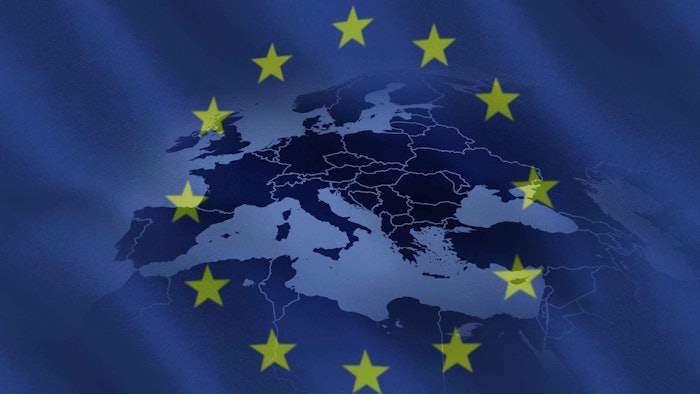
The European Commission (EC) announced it has taken another major step to protect the environment by adopting measures that restrict microplastics intentionally added to products under the EU chemical legislation REACH. Per the agency, the new rules will prevent the release to the environment of approximately half a million tonnes of microplastics.
The measures will prohibit the sale of microplastics, products to which microplastics have been intentionally added, and products that release those microplastics when used. The EC notes that when duly justified, exceptions and transition periods for the affected parties to adjust to the new rules apply.
See related: European Commission to Expedite Phasing Out of Animal Testing
Definitions and Scope
The adopted restriction uses a broad definition of microplastics, covering all synthetic polymer particles below 5 mm that are organic, insoluble and resist degradation. The purpose is to reduce emissions of intentional microplastics from as many products as possible.
Some examples of common products in the scope of the restriction are:
- The granular infill material used on artificial sports surfaces – reportedly the largest source of intentional microplastics in the environment;
- Cosmetics where microplastics are used for multiple purposes, such as exfoliation (microbeads) or obtaining a specific texture, fragrance or color; and
- Detergents, fabric softeners, glitter, fertilizers, plant protection products, toys, medicines and medical devices.
The EC adds that products used at industrial sites or not releasing microplastics during use are exempt from the sale ban but their manufacturers must provide instructions about how to use and dispose of the products to prevent microplastic emissions.
The first measures, such as the ban on loose glitter and microbeads, will apply once the restriction enters into force — 20 days after the Sept. 25, 2023 announcement. In other cases, the sales ban will apply after a longer period to give affected stakeholders the time to develop and switch to alternatives.
See related: La Pink Introduces Microplastic-free Skin Care Formulations in India
Cosmetic Specifications
The adopted measures specify that, concerning the ban on microbeads, i.e., synthetic polymer microparticles for use as an abrasive, namely to exfoliate, polish or clean, mainly used in rinse-off cosmetic products or detergents, no transitional period was proposed, as industry was expected to have voluntarily phased out their use by 2020.
For certain "leave-on" cosmetic products, such as makeup, lip products and nail products, per the new restriction, due to their low contribution to the overall emissions of microplastics, as well as the potentially large impact on the cosmetics industry of a ban of synthetic polymer microparticles in those products, the agency's committee for socio-economic analysis (SEAC) considered two additional measures as appropriate alternatives to the ban on the placing on the market of those products after a six-year transitional period (as proposed by the Annex XV dossier).
The additional measures included either:
- Appropriate instructions for use and disposal, or
- A transitional period longer than six years.
However, the measures also cite that uncertainties related to the different impacts on industry and concerning releases did not allow the agency's committee for SEAC to conclude whether either option would be more appropriate than a ban and a six-year transitional period.










